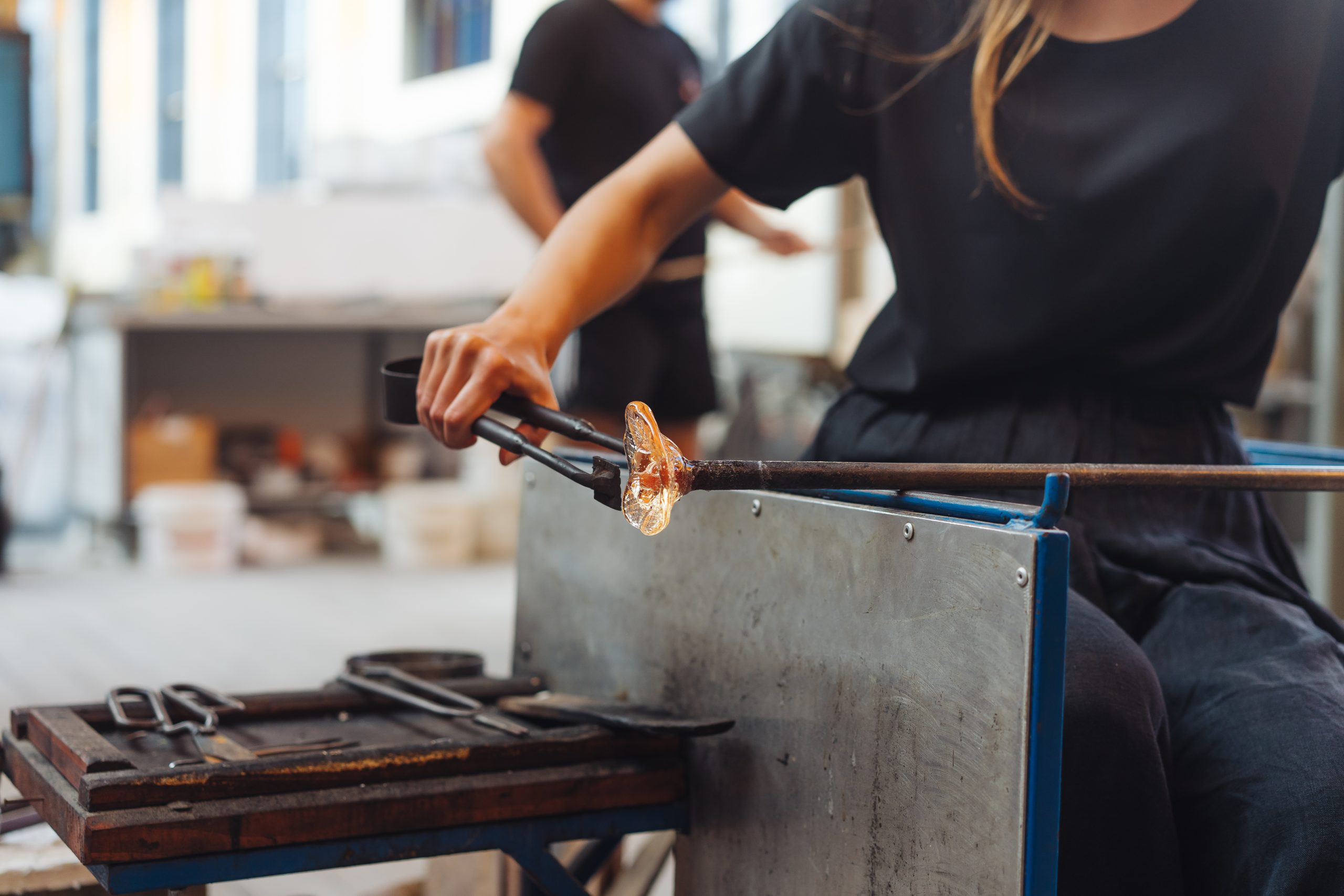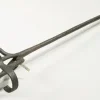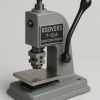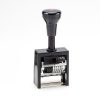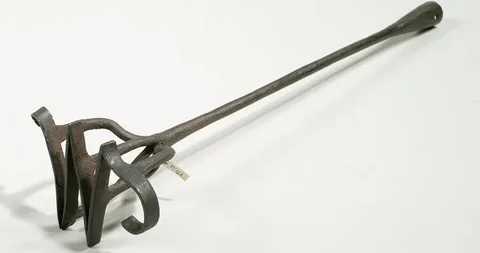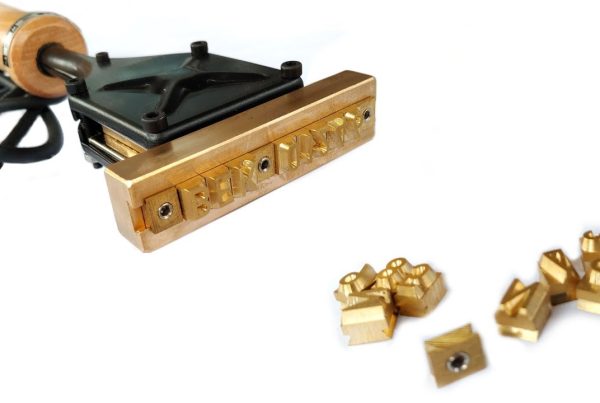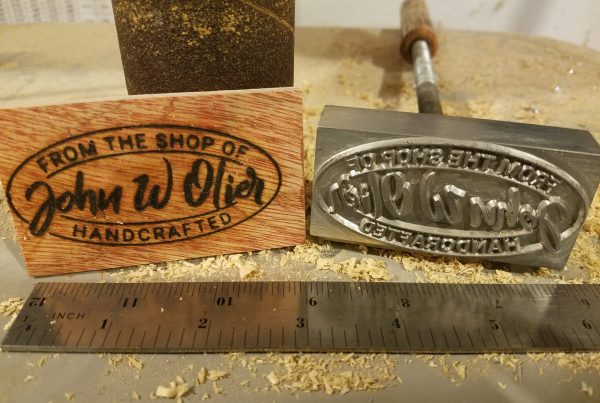Branding irons leave marks that speak louder than words. The thickness of your iron can make a tiny logo crisp and clear or turn your design into a smudged mess. If it’s too thin, your design might fade or burn unevenly. Too thick, and it can feel heavy, slow to heat, or leave an awkward impression. Picking the right thickness is like choosing the perfect spice. It should be just enough to make your work pop without overpowering it. That’s something we’ve learned firsthand at Short Order Product, where every branding iron custom we make is tested for the right balance of heat, weight, and precision.
The Thickness of a Branding Iron Custom Changes Everything
Thickness is the personality of your branding iron. If you select the wrong one, can lose its sharpness, smudge, or leave rough, patchy marks.
Thin Irons
A thin iron moves like a scalpel, which makes it perfect for delicate patterns and tiny details. However, you must be careful with it, because if you press too long, it can scorch your material, leaving marks you can’t undo.
Thick Iron
Thicker irons are stronger. They work well for big logos and firm materials. However, they need extra care. These irons heat up slowly, and one wrong press can leave a deep or uneven mark. If they get too hot, your design can easily burn or lose its shape.
Heat and Thickness Are A Dangerous Duo
Thickness also affects how heat spreads. Thick irons retain heat longer but can overburn if left on too long. Thin irons heat fast but cool just as quickly, risking incomplete impressions. Matching iron to the project is very important because if you get it wrong, all that effort can vanish in a single press.
Material Affects Performance
Choosing the right metal can change how your branding iron works. Each type heats differently and interacts with materials in its own way:
Copper: Copper heats quickly, making it ideal for soft wood and leather. Its fast warmth allows you to create detailed marks without waiting.
Brass: Brass also warms up fast. It is perfect for delicate designs and smaller projects where precision matters. You get clear impressions with less effort.
Steel: Steel takes longer to heat but stays hot longer, which is useful for larger projects or repeated use. A thin steel iron can even behave like a thicker copper one because it distributes heat differently.
Heat Distribution Tips
Even heat is the secret behind a perfect brand mark. When the iron heats unevenly, you might end up with one side too dark and the other barely visible. That uneven temperature can ruin your design in seconds. The goal is simply to make sure every part of your branding iron stays equally hot so the mark comes out clean and sharp.
Here’s how you can make that happen:
-
Check for hot spots
After heating your iron, hold your hand a few inches away to sense the warmth (never touch it directly). If one side feels hotter, give the iron a little twist or rotate it while heating. This helps spread the temperature evenly across the surface.
-
Stick to a flow
Timing makes a big difference. Press each brand for the same number of seconds, especially when you’re working on multiple pieces. If one press lasts longer than the other, the marks will look uneven in color and depth.
-
Give it short breaks
It’s tempting to move quickly from one piece to the next, but your branding iron custom needs a moment to balance out the heat again. A few seconds of rest helps prevent overheating, which can make the next brand too dark or even scorch the surface.
-
Adjust for your material
Different surfaces react to heat differently. Leather, for example, burns much faster than hardwood. If you’re switching materials, adjust your pressure and timing accordingly. A light press and quick lift often work better for soft materials.
-
Do a quick test first
Before you start your main project, always do a test on scrap material. It’s a small step that saves you from big mistakes later. You’ll see how the iron reacts, how fast it burns, and if the heat spreads evenly across the design.
People Also Ask
How deep should a brand be?
A brand should only go deep enough to leave a clear mark without burning too far into the surface. Light pressure and the right heat make all the difference.
What is the standard size of a cattle brand?
Most cattle brands range between 4 to 6 inches tall. This size is big enough to stay visible but not too large to cause discomfort.
What size iron for branding calves?
For calves, a smaller iron (around 3 to 4 inches) works best. It gives a sharp mark that grows proportionally as the animal matures.
What is the best material for a branding iron?
Our professionals suggest steel, because it holds heat well and lasts a long time. Brass and copper are also popular for lighter work, like wood or leather.
Safety First
The right thickness also plays a big role in keeping you safe while you work. For example, thin irons heat up very quickly, which makes them convenient but also a bit risky if you’re not paying close attention. With that kind of heat, even a brief touch can cause burns or scorch the material. On the other hand, thicker irons are usually more stable with heat since they warm up slowly and hold the temperature longer. However, that extra weight can make them harder to control, especially during long sessions. Because of that, it’s always smart to take a few precautions. Slip on a good pair of gloves, make sure your workspace doesn’t wobble, and always test your iron on scrap material first.
Your Perfect Branding Iron Awaits
Your mark deserves the right branding iron custom. At Short Order Product, we make sure every piece is built for balance, heat, and precision. Try one out and you’ll feel the difference.
FAQs
1. Can one thickness work for both wood and leather?
It can, but according to our experts, thinner irons work better on leather since it’s softer and reacts faster to heat. For wood, a slightly thicker iron gives more precise lines and helps the mark show up more evenly.
2. Does thickness change how fast the iron heats?
Yes, it does. Thin irons heat up quickly but also lose heat fast. Thicker irons take more time to warm but stay hot longer, which helps when you’re working on several pieces in a row.
3. Should I have multiple thicknesses?
Yes! Having a few options gives you more flexibility. You can use thinner irons for small, detailed work and thicker ones for larger, stronger impressions.
4. Can thin irons damage soft surfaces?
They can if you press too long. A short, light press usually works best. We always recommend testing on scrap material first so you can get the timing right.

